Research
Search our website
Search our website by entering a keyword or choose a database above to search specifically.
Search
Showing search results 2,201 - 2,210
14,722 results found









